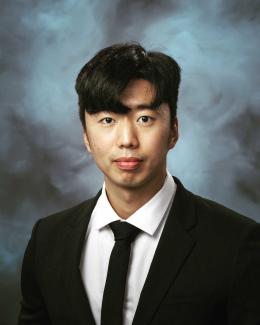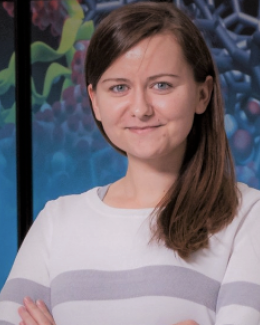Abstract
The compact Fusion Pilot Plant (FPP) is defined in the recent National Academies of Sciences, Engineering, and Medicine report as the next step of fusion energy demonstration with a $50$ MWe peak net electricity production, $Q_e$ greater than $1$, and at least $3$ hours of continuous operation. This fusion pilot plant will be a test bed enabling materials, designs, and fuel management assessment, and it will represent an engineering challenge because of its high-fusion power and compact design targets. Previous reactor data is limited to experiments operating in different design space ranges. Therefore, design iterations and assessments should rely on high-fidelity first-principle theoretical and computational models. The high-fidelity integrated modeling of the plasma is a fundamental part of fusion energy research. However, the whole device modeling is often neglected, utilizing low-fidelity, system-level analysis. Recently, the need for high-fidelity multi-physics modeling was recognized, resulting in a selection of integrated tools.
Autonomous design optimization requires a streamlined framework that perturbs the design point, reruns the analysis, and examines the outputs. However, high-fidelity analysis requires complex geometry specification that is difficult to perturb. This work presents the parametric CAD generation tool TRACER and a new neutronic workflow. TRACER allows the perturbation of the geometry representation, creating geometry files ready for further analysis. The streamlined neutronic workflow allows efficient and accurate calculations. The two new tools coupled together were used to perform a 3D high-fidelity multi-objective, multi-input optimization of an "ARC Class" compact tokamak design. The workflow was driven by an optimization driver for full automation.



